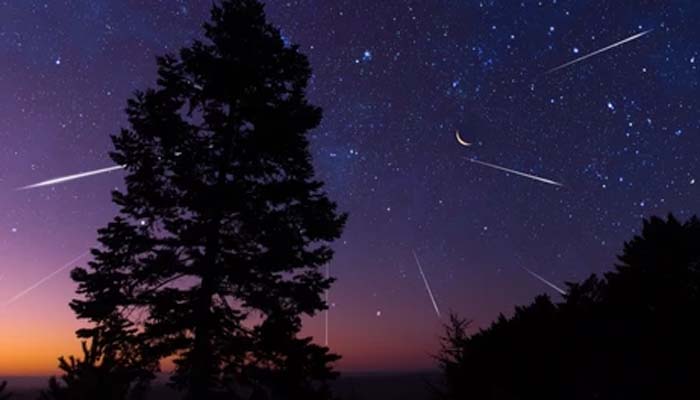
The annual Orinoids meteor shower is already active from September 26 to November 22 and will be at its peak today (October 21), bringing almost 20 shooting stars every hour to the night sky.
This fascinating celestial spectacle will occur as debris from Halley’s Comet burns up in the Earth’s atmosphere, and it will emerge over the Orion constellation. Nasa called this celestial wonder “one of the most beautiful meteor showers of the year,” offering a stunning moment to spectate and an incredible treat to all the skygazers.
In a blog post, NASA stated: “The Orionids are framed by some of the brightest stars in the night sky, which lend a spectacular backdrop for these showy meteors.”
“Aside from potentially producing spectacular fireballs, the Orionids reflect quite a legacy. Their parent comet is the most famous one of them all — Halley’s Comet. Each time that Halley returns to the inner solar system its nucleus sheds ice and rocky dust into space. These dust grains eventually become the Orionids in October.”
Read more: All astronomical events of October 2024
How to see Orionid meteor shower
Astronomers recommended the awaiting skygazers to find a dark area to catch a glimpse of the Orionid meteor shower.
Nasa's Meteoroid Environment Office Leader in Huntsville, Alabama Cooke said, "Come prepared with a blanket. Lie flat on your back and look up, taking in as much of the sky as possible. In less than 30 minutes in the dark, your eyes will adapt and you will begin to see meteors."
When is best time to see Orionid meteor shower?
The Orionid meteor shower will be at its peak after midnight through before dawn in the mornings.
After the peak on Monday night till Tuesday morning, this stunning celestial event will persist to produce shooting stars till November 7.
















